17 Teacher Tips for Multicultural Early Childhood Education
June 22, 2023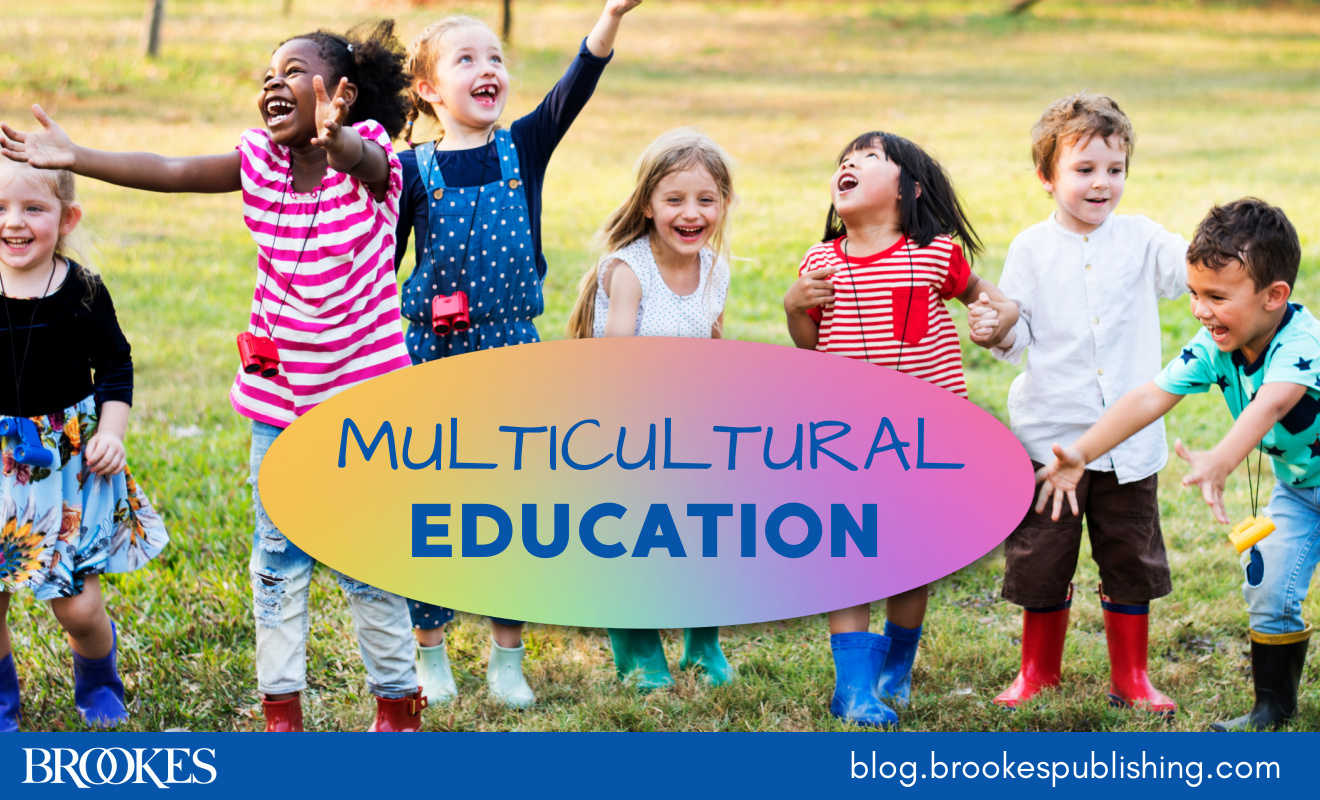
In their new book Coaching for Diversity, Equity, Inclusion, Accessibility, and Belonging in Early Childhood, Anni K. Reinking and Laycee Thigpen articulate a vision for improving child outcomes through transformative, structural change toward greater equity. Part of that structural change is guiding educators in delivery, content, and materials that support multicultural education.
Here are some tips and guidelines—adapted from the book—that educators should use to ensure their teaching practices promote equity, access, and belonging for all learners.
- Study the history of discrimination in curriculum and ensure that you are not replicating it. Educating yourself on the history of discrimination of different groups of people provides you with a lens to see the injustices that are present in people’s lives.
- Examine all materials for bias and oppressive content by checking for stereotypes and inaccurate images.
- Diversify images and content throughout the entire year, not only during specific months or celebrations.
- Present content from a variety of perspectives and angles.
- Present content through a variety of lenses, not just the heroic characters.
- Bring the perspectives and experiences of the students into the learning experience, which will increase student engagement. (This means you have to learn the identities of the children in your classroom.)
- Encourage students to ask critical questions about all information they receive from you and curricular materials and modeling this type of critical thinking for them. (In early childhood education, an example would be a teacher presenting a book to the students and having them look at the cover and asking them, “Why do you think we are reading this book?” Another example is when a teacher presents information and asks the students, “How do you know this?” and allows the students to justify or present their reasoning for their answer to the question.)
- Make content and delivery relevant for the students, which means facilitating experiences in which they connect what they are learning to their everyday lives.
- Recognize students as the most important multicultural resource. Your students bring a great wealth of knowledge; it is your job to see it.
- Incorporate discussions about difference and inequality into their lessons. For example, looking at the playgrounds and buildings and seeing if they are wheelchair accessible allows teachers and students to have conversations on inequality.
- Provide names and stories of other people who have fought social injustices, such as Harvey Milk, John Lewis, Madonna Thunder Hawk, and Brittney Packnett Cunningham.
- Honestly discuss the history of privilege and oppression in subject areas, school, education, and society at large in a developmentally appropriate way.
- Connect teaching and learning to local community issues and larger global issues.
- Encourage students to think critically about the United States, capitalism, the two-party system, and other traditionally untouchable subjects of critique.
- Work with professional learning communities or a team of teachers to examine and provide feedback on each other’s curricular units, lesson plans, and entire frameworks.
- Request and openly accept feedback from students and families.
- Continue to assess practices to ensure they are still providing an equitable environment for all.
After reading through this list, which of the practices are you currently doing? What do you plan to do within the next year? What do you plan to implement as your longer-term goals based?
The tips in today’s post are only a starting point—refer to the book for complete guidance on what it takes to transform a school or program through DEIAB work!
Coaching for Diversity, Equity, Inclusion, Accessibility, and Belonging in Early Childhood
A Step-by-Step Guide for Programs and Schools
By Anni K. Reinking, Ed.D., & Laycee Thigpen, MS.Ed.
This groundbreaking book is the first guide to coaching early childhood educators in Diversity, Equity, Inclusion, Accessibility, and Belonging (DEIAB) practices. Expertly converting theory into concrete action steps, this book is a reader-friendly, step-by-step guide to launching transformative DEIAB work—or expanding the work your program or school is already doing.

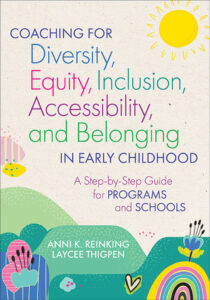
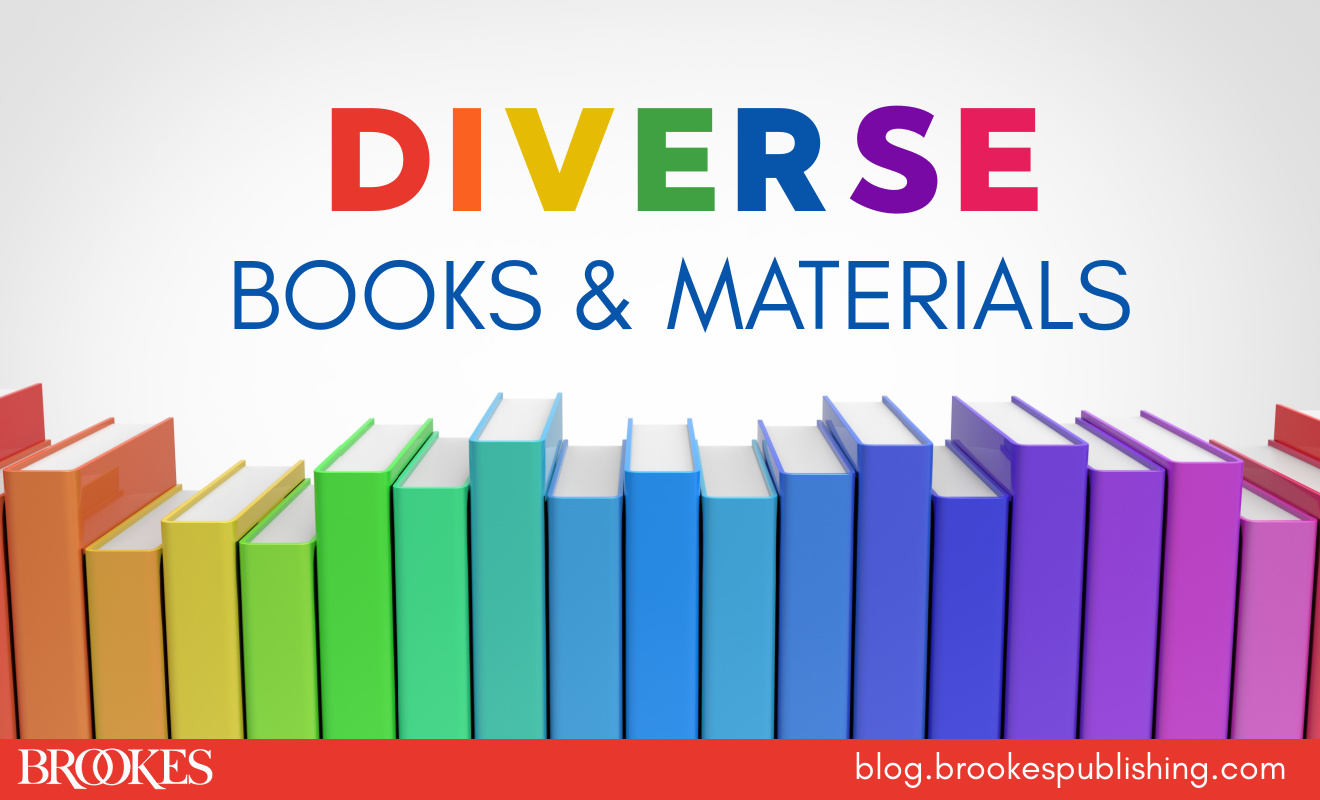
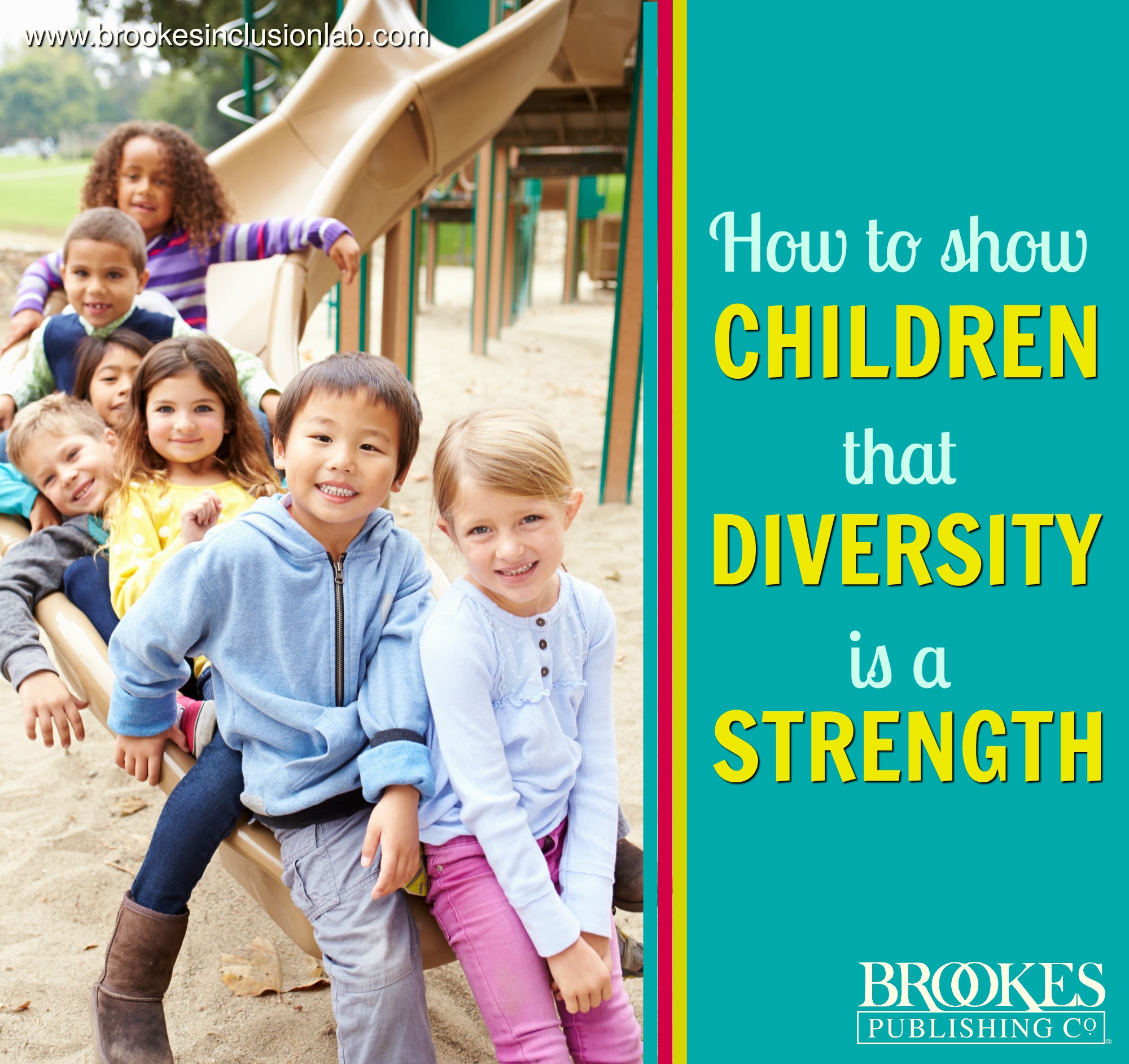
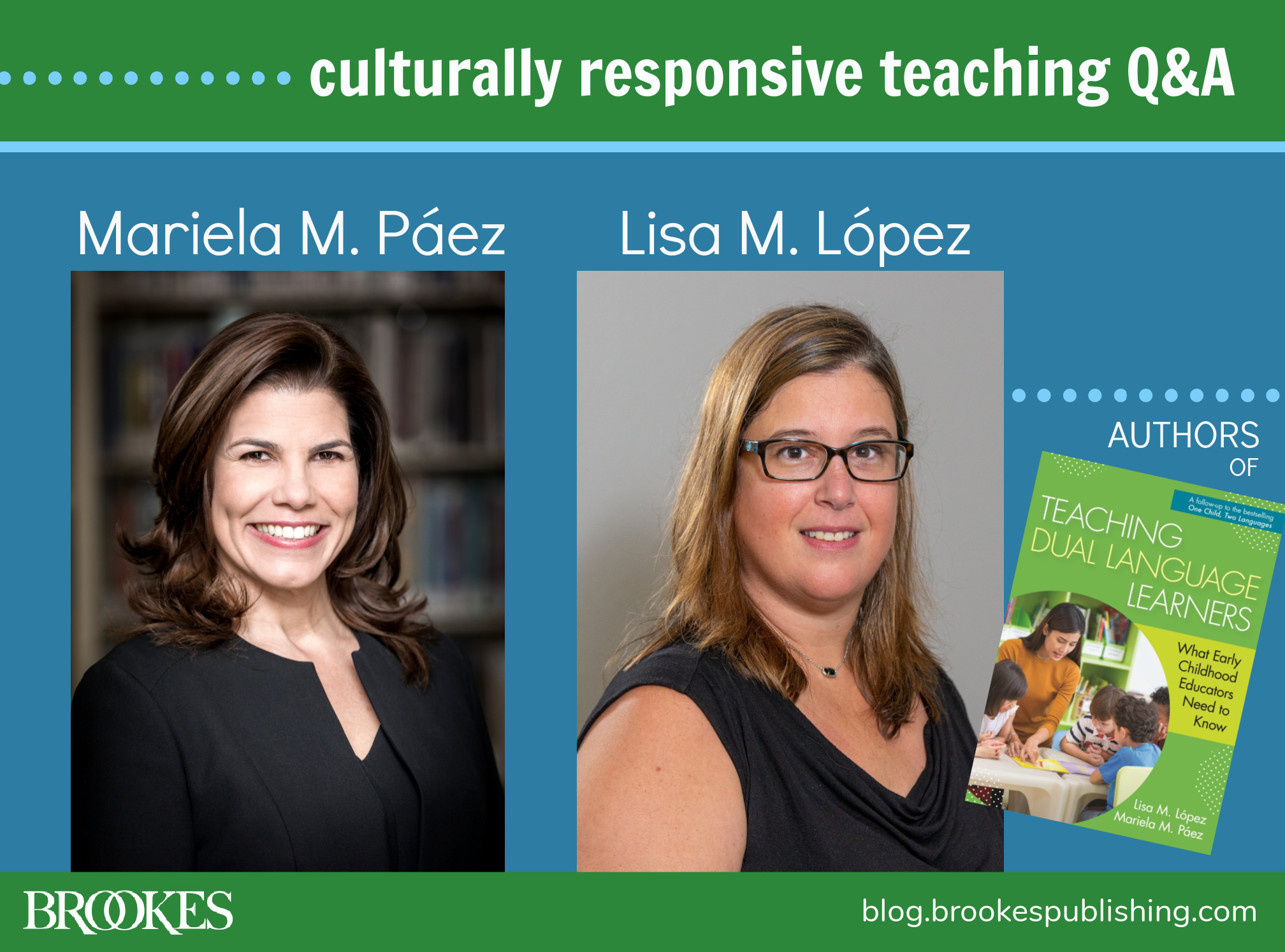
Write a Comment
Your email address will not be published. Required fields are marked *
Post a Comment